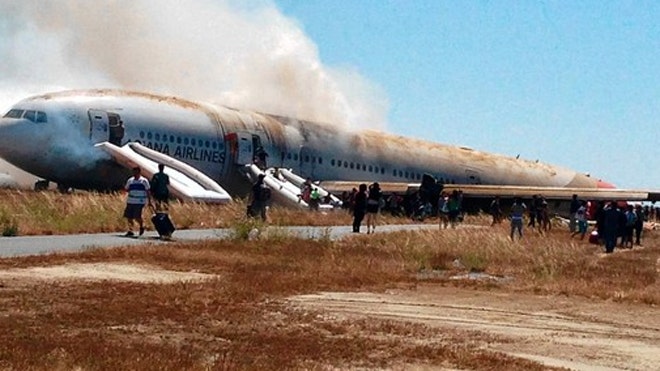Beep
Well-Known Member
Frankly, I have thought the same thing. Pax running all over the place, some stumbling, some may fall, some standing near the plane trying to find other friends/family members, some disoriented, many of them carrying their carry-ons, shopping bags, totes, huge ass purses and what not.
Look at some of the crap they dragged down the chutes with them....good lord! I mean, what the hell is wrong with people???

Here's a woman who has unzipped her carry-on and is rummaging around through it. What could you possibly need at that moment? A candy bar?

It's like trying to corral a herd of drunken cats. They are in several areas all over the field.
Here's a woman with a huge carry-on.....she isn't even running. Meh, the plane just crashed and is on fire, it might explode, but at least I've got my clean underwear with me and I don't want to risk breaking a strap on my sandals.

Here, people are standing around, going in one direction, others going in the opposite direction, texting on their phones while still near the BURNING plane, yikes!!!

Another guy with a huge ass carry-on

Here, you can clearly see the pull up handles of two more carry-ons and a guy with a ton of camera equipment around his neck

This one guy is wearing the largest backpack I have ever seen in my life. Other pax are struggling at the bottom of the slide to pick up their shopping bags and misc. crap. One idiot is standing off to the left taking a photo with his cell phone.

Here are people just milling around and watching the aircraft burn and some strolling away like they're in Central Park on a Sunday outing.

People just never seem to amaze me in how completely stupid they are.
Or... This could just be a good expample of how different people act when in shock.

